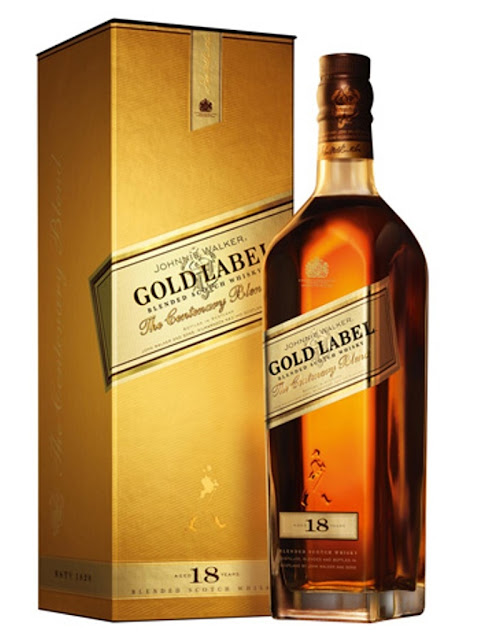The MacKinlay's Progress Towards Fame
A PRELUDE TO SHACKLETON'S NIMROD FIASCO
Too far north by several degrees of latitude for vineyards to flourish, the coastal land around Inverness and the neighbouring Speyside district is where barley grows richly, and arguably best, in Scotland. Across the maritime humps and hollows of these downlands and over much of the Black Isle near Inverness the golden grain ripens in the long summer evenings.
Towards the higher country inland, misty glens and open expanses of heather keep company with rippling, salmon-run rivers that drain water from the Cairngorm and Grampian Mountains into the Moray Firth and the North Sea.
In the 1890s, the decade of Shackleton’s Merchant Navy service, whisky distilling boomed in Speyside. Twenty-one new distilleries were commissioned during the decade across the district, on either side of the River Spey but mainly around the towns of Elgin, Rothes and Keith. It was an unprecedented expansion, an industrial blossoming. The coastal barley belt facing the Moray Firth was its anchor and its nourishment — that and the mountain-pure water tumbling through the district.
Speyside labels have been at the forefront of the Scotch whisky industry ever since. Far back in time, barley had been the mainstay of the ale industry; its role in whisky production represented a new use.
The Glen Mhor distillery was set up in 1892 at Inverness. The site was strategic. Beside it was a water source, the Caledonian Canal, on the main road south from Inverness.
James Mackinlay headed the project in partnership with John Birnie from the adjoining Glen Albyn distillery. Producing its first whisky in 1894, Glen Mhor was destined to ride the region’s whisky wave in both blended whiskies and single malts. Copyright NBR. Cannot be reproduced without permission. Read more: https://www.nbr.co.nz/article/book-extract-shackletons-whisky-chapter-3-malt-maturing-ca-132719
James’s father, Charles Mackinlay, had established Chas. Mackinlay & Co. at Leith, north of Edinburgh, in 1847 after working for years for other whisky firms, and James’s younger brother, Charles, was a second-generation partner.
Charles junior managed the Glen Mhor distillery until he died in 1896, aged 48, just as the company was working on a Highland Malt Whisky line.
Through the decades the Mackinlays collaborated with other notable names in the Scotch business — Dewar, Walker, Usher, Buchanan. Charles Mackinlay, the founder, was regarded as an early exponent of blended whiskies. It is thought that he might have latched on to the concept through working as an apprentice in the 1830s for tea merchants Walker & Hunter, who knew all about blends, and who were also wine and spirit dealers.
In the 1870s, the Mackinlay premises at Leith were expanded. A new bonded warehouse was erected and new blending and bottling equipment installed to increase production for the London market.
In England in the 1880s, Scotch had an image problem. It was considered less suave, less well bred than brandy or cognac. You really only drank whisky during vigorous, manly outdoor recreation, such as hunting deer or game birds, or salmon fishing on a wild river up north, or if you were lower-class with unsophisticated tastes. It was generally not the drink to be offered in London drawing rooms, where brandy was the tipple of choice. The Shackleton drawing room at Sydenham, for moral and religious reasons, was patently off limits to whisky.
In 1879, founder Charles Mackinlay appointed the enterprising Canadian-born John Buchanan as the Mackinlay agent in London, and followed this up by making James, his elder son, the company’s London director in 1885.
Mackinlay’s Vatted Old Benvorlich whisky was one of the first blended whiskies on the London market. James Mackinlay and John Buchanan worked wonders for the company, lifting its profile and sales through innovative advertising and personal contact.Then Mackinlay’s won a contract to supply the House of Commons. They had penetrated the corridors of power. By the late 1890s the Glen Mhor distillery was in continuous operation and building its stocks of malt whisky in casks.
It tapped into the local barley crop and drew water from the Caledonian Canal, which in turn was supplied by the River Ness and its source to the south, Loch Ness. A cold, deep, glacial lake, Loch Ness occupies a stretch of Scotland’s Great Glen, a fault-controlled rift in the Earth’s crust angling southwest through Scotland, straight as a die, from the North Sea to the North Atlantic. Among the Scottish lochs, Ness, 37 kilometres long, is second only to Loch Lomond in length and surface area. For much of the year its surface waters are cold, below 10 degrees Celsius, clear and biologically limited, properties typical of a mountain lake. Human sewage discharges into the loch in modern times have periodically compromised its quality, but around the turn of the 20th century, when Glen Mhor was producing its first whiskies, the Ness waters were close to pristine. Pure water, pure whisky.
Extracted from Shackleton's Whisky by Neville Peat.





































